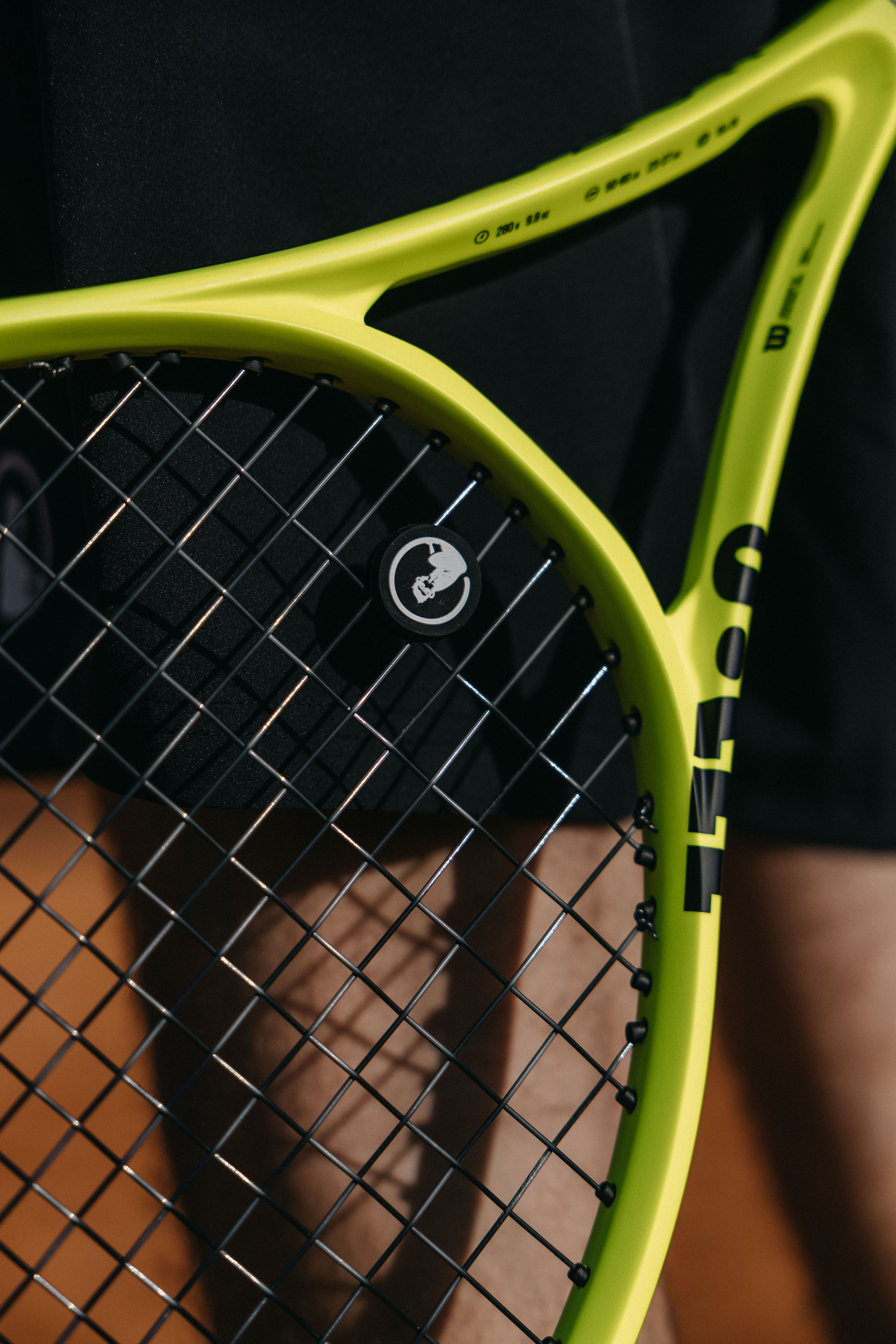London Final Deals Huge discounts for a limited time only. Save now!



The properties of tennis strings
Tennis strings that are easy on the arm, strings for better control, strings with high durability and strings for great feel or power: there are so many different types of tennis strings, each with different properties, that it can be difficult to keep track of them all and decide which is the right string for your game.
Discover our tennis strings
Strings with high durability
Strings with high control
strings for power
strings for a good playing feel
strings for more spin
Armschonende Tennissaiten
Natural gut strings and multifilament strings are particularly easy on the arm. They are characterized by high elasticity and great comfort. Vibrations that have a strong effect on the arm are absorbed by damped vibrations to protect the shoulder, elbow and wrist. There are now also monofilament strings, which are considered to be very gentle on the arm, but natural gut and multifilament strings are the ultimate in this area.
Our recommendation: Babolat RPM Blast 125 + Touch VS 130
Our recommendation: Babolat RPM Blast 125 + Touch VS 130
When it comes to the durability of a tennis string, it depends on what you mean by that. Above all, should it not break or should it primarily retain its playing characteristics? If you want the string to last as long as possible before it breaks, polyester and co-polyester strings clearly have the edge. If you want it to retain its playing properties for as long as possible, multifilament and natural gut strings are the better choice. In general, the thicker the string, the longer it will last.
Our recommendation: Luxilon Adrenaline Century20
Our recommendation: Luxilon Adrenaline Century20
Strings with high control allow you to play more precisely, as the stringing supports the stroke less so that you can control it better. You will find this property particularly with co-polyester strings. A higher tension - 24kg or more - also contributes to more control and feel. However, this comes at the expense of power and a smaller sweetspot. This is why strings with high control are particularly popular with more technically skilled players.
Our recommendation: Yonex Poly Tour Pro
Our recommendation: Yonex Poly Tour Pro
Strings with high elasticity generally promote power and therefore ball acceleration. Multifilament, natural gut and elastic co-polyester strings with a smooth surface structure are used for this purpose. Power strings are particularly popular with recreational players and players who have less momentum and power in their strokes. Strings for more power have a larger sweet spot, but offer less control.
Our recommendation: HEAD RIP Control
Our recommendation: HEAD RIP Control
Natural gut strings stand for feel and touch. Multifilament strings have also been developed to such an extent that they resemble the properties of natural gut strings. Modern co-polyester strings do not yet come quite as close as multifilament strings, but here too there are already many different coverings and surface coatings that promote feel and touch. As a rule, tennis strings that promote a good feel are also very easy on the arm.
Our recommendation: Wilson NXT Power
Our recommendation: Wilson NXT Power
Topspin is becoming increasingly important in tennis, which is why many strings are designed for good spin. The string structure causes the ball to spin more intensively and generates more spin. Strings for more spin can often also increase the slice effect.
Our recommendation: Luxilon Alu Power Rough
Our recommendation: Luxilon Alu Power Rough



















